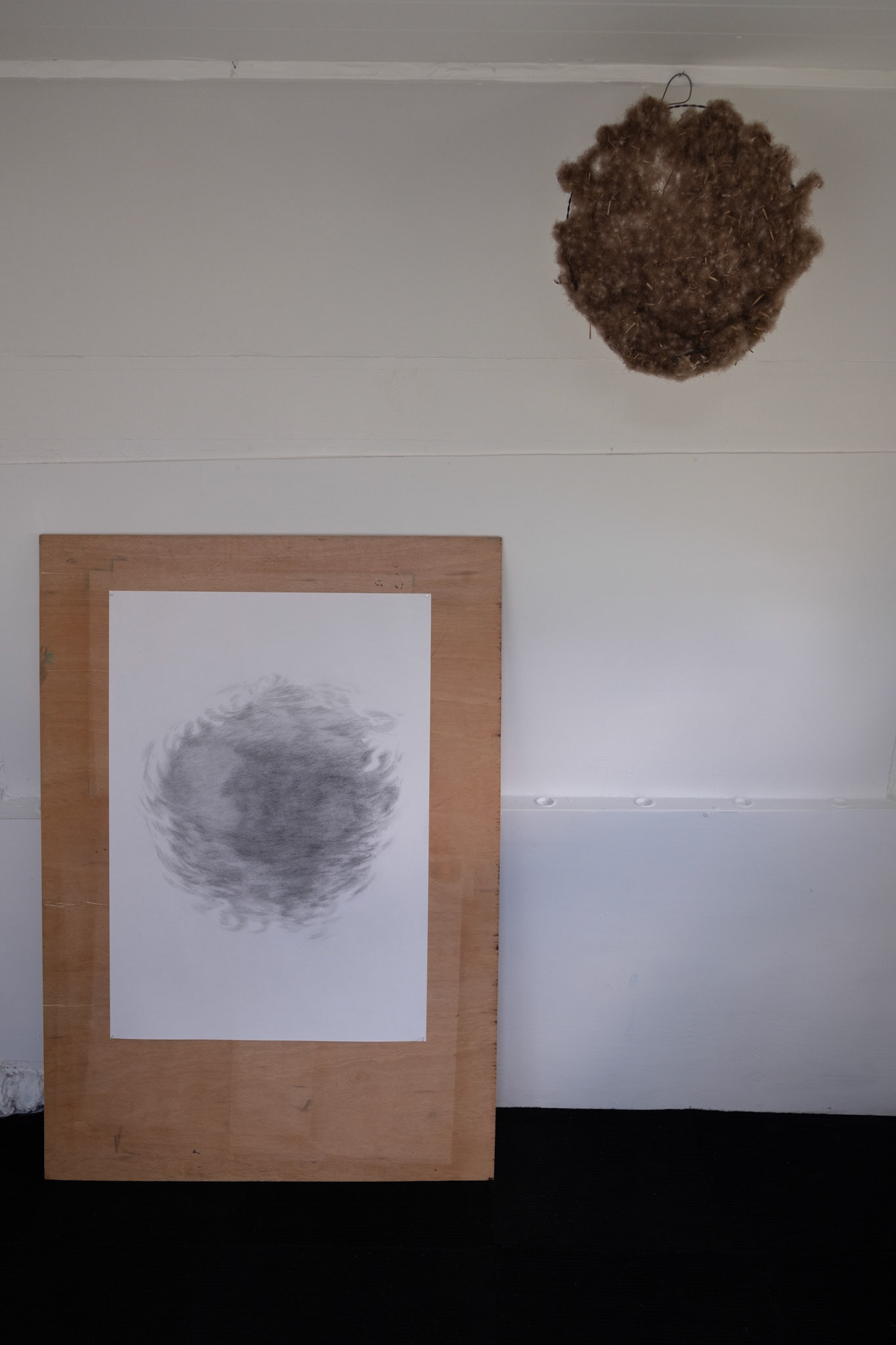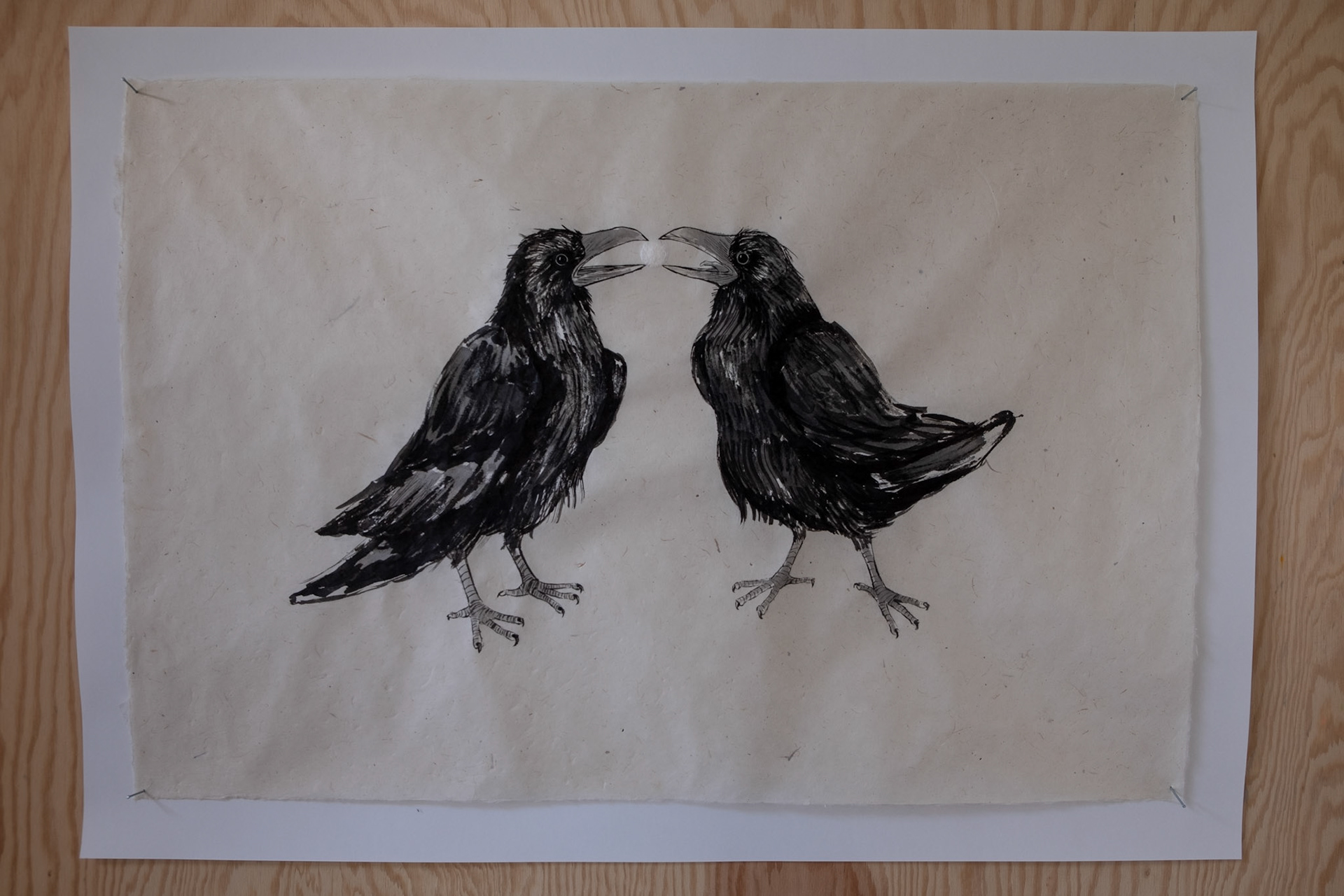

How are we as a species depicting and representing "the world ending" and death in Art and imagery? In these corona pandemic months, my research focussed naturally around how Art has been used to depict plagues and death throughout history. These forces- barely perceptible to us by our senses- have the power to overwhelm; even today, in situations where medical systems are advanced and technologically capable, we as a species are still not immune to these kinds of forces found in nature.
Death in many traditions of Art has been coded by the colour black, inspired for this exhibition by the dark goo demon in the animation film “Princess Mononoke”, will present works which have been inspired by this "goo".
But these unseen forces arising in the natural world are not all bad either. A few examples of these instances include things as salt water being used to clean and treat atopic sores on the body; hot springs of both Japan and Iceland, which are searched out by tourists looking for those healing minerals and enrichment of their body and soul; and, most famously perhaps, the clay in the dead sea is said to heal skin and ailments. Being filled and fed with different minerals from the ground is a healing process.
This dichotomy ( the power to hurt; the power to heal) is a process and reality this exhibition takes inspiration from, which fits into Nicolaisen's interests more generally within her practice. Her interests conceptually include attempting to understand the various symbiotic relationships in which our species are involved within, ensuring our survival, and exploring how these are changing as a consequence of climate change.
Death in many traditions of Art has been coded by the colour black, inspired for this exhibition by the dark goo demon in the animation film “Princess Mononoke”, will present works which have been inspired by this "goo".
But these unseen forces arising in the natural world are not all bad either. A few examples of these instances include things as salt water being used to clean and treat atopic sores on the body; hot springs of both Japan and Iceland, which are searched out by tourists looking for those healing minerals and enrichment of their body and soul; and, most famously perhaps, the clay in the dead sea is said to heal skin and ailments. Being filled and fed with different minerals from the ground is a healing process.
This dichotomy ( the power to hurt; the power to heal) is a process and reality this exhibition takes inspiration from, which fits into Nicolaisen's interests more generally within her practice. Her interests conceptually include attempting to understand the various symbiotic relationships in which our species are involved within, ensuring our survival, and exploring how these are changing as a consequence of climate change.